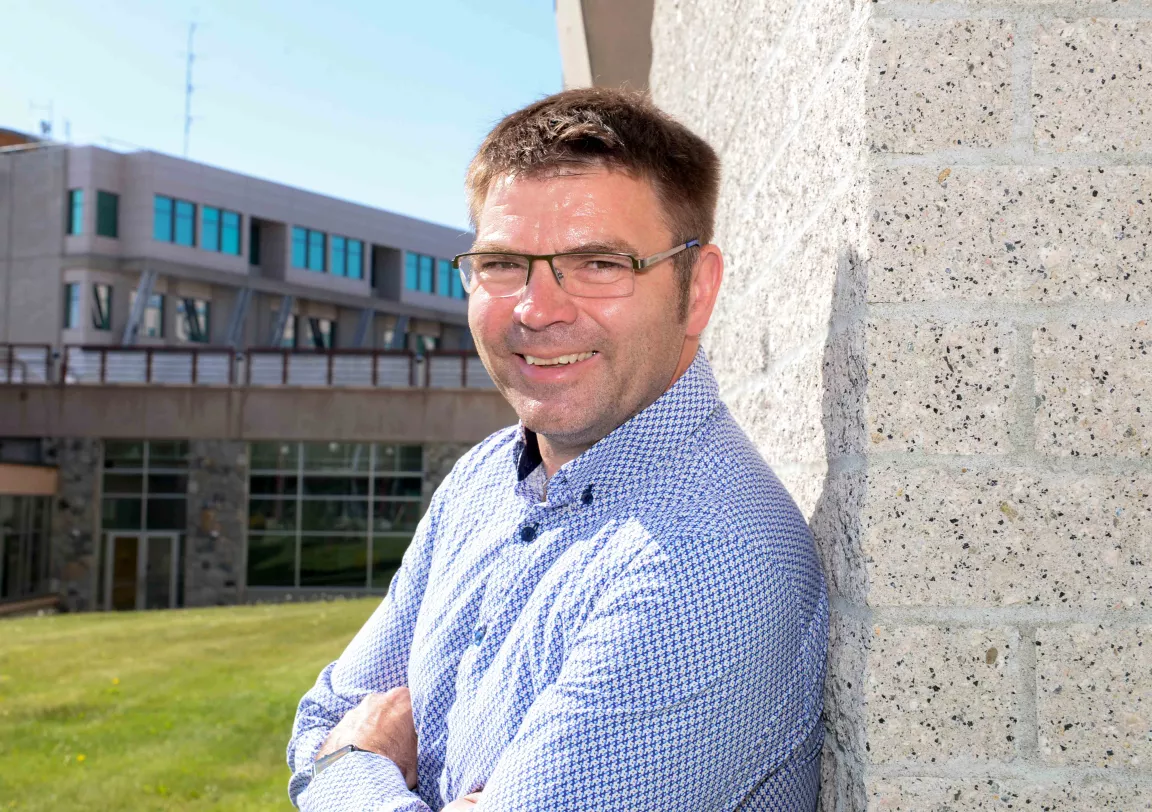Smith begins graduate research early in the Amazon jungle

Adrian Smith got a head start this summer on his pending graduate research at the University of Northern British Columbia.
It’s taken him from ancient Indigenous trails in northwestern B.C. in June and July all the way to the Amazon jungle in Ecuador in next week.
Smith, who graduated with his Bachelor of Planning in Natural Resources Planning degree from UNBC in May, is among 15 – 20 students from around the world who will attend the prestigious International Summer School of Historical Ecology in Amazonia Aug. 21-27.
He’s continuing his education at UNBC, enrolled in the Natural Resources and Environmental Studies master’s degree program (specializing in human geography) that officially begins in September.
Before he returns to UNBC next month, there is first a trip to the Amazon rainforest.
More than 100 students had applied for acceptance to the field school, which aims to strengthen international relationships and knowledge sharing between academics and students in humanities, environmental or natural sciences who are interested in the history, ecology, archaeology, or ethnobotany of the Amazonian region.
It involves spending a week at the Yasuni Research Station in Ecuador, located in Yasuni National Park along the bank of the middle Tiputini River. It is surrounded by a lush forest in an area that includes natural wetlands (whitewater rivers, swamps, lagoons), secondary forests and human settlements (Waorani Indigenous communities).
“I’m so excited participate in this field school, this is a chance in a lifetime opportunity to learn directly from world-renowned experts in the fields of ethnobiology and historical-ecology,” said Smith. “I am relishing the prospect of being able to apply knowledge and techniques gained in the Amazon to my research here in Northern British Columbia.”
Smith’s journey to Ecuador began during his third year of his undergraduate planning degree when he developed an interest in ethnobotany, the study of interactions between plants and humans.
He was intrigued by ancient forest gardens (diverse ecosystems) and the anthropogenic (influence of humans on nature) manipulation of plants along Indigenous trail networks, including those around Prince George.
“When the European settlers first arrived in this area, they started farming as we recognize it today for cereal crops and domestic livestock, based on Western European methods,” said Smith. “Yet history shows First Nations had been doing various forms of agriculture for eons before that.”
Smith’s interest was strengthened further in his final year of his undergraduate degree after a visit to one of his planning classes by historical ecologist Dr. Chelsey Geralda Armstrong from the Smithsonian Institute and University of British Columbia.
Her research fascinated him and the seeds for his master’s research were sown, under the co-supervision of Dr. Armstrong and UNBC Planning Professor Dr. Darwin Horning.
After attending a Society of Ethnobiology conference in April in Vancouver, Smith applied for the prestigious field school in Ecuador.
Smith is interested in the relationship between people and plants over the long term and how such relationships can be better understood for Indigenous Peoples’ rights, title, and land claims.
He has spent the summer in northwest B.C. working with Dr. Armstrong to document human signatures on plants (translocating, trail marking, burning) along ancient Indigenous trail networks.
Smith says there are detailed ethnobiological/ethnographic records of Indigenous plant management in western North America, but little is known about the historical affects and functions such practices had on so-called wild ecosystems.
In a weird coincidence, Smith travelled around the same region of the Ecuadorian Amazon forest in 1992.